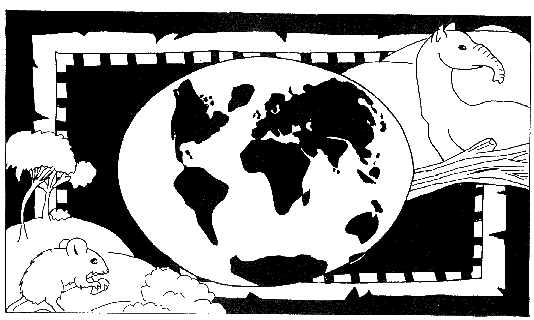








History of B.C.

The Rise of Mammals
The mammals of the earth slowly took over after the dinosaurs had disappeared. The Tertiary period's main theme was diversification, such that had never been seen before. Mammals developed into large herbivores and carnivores, such as the dinosaurs had, but then went even further to evolve into climbing, digging, swimming, and flying animals. The large groups of mammals that we know today arose in the Tertiary period, and lived anywhere from dense forests to open grasslands. Also roaming the land at this time were giant, predatory birds. It was during this period that the continents got the shape and placement that we know of in modern times.
Dating from the Paleocene to the early Pleistocene Epochs, giant predatory birds arose to roam the land. Some scientists believe this to be the second coming of dinosaurs. These large birds reached maximum heights of 3.5 m and were unable to fly. Generally, they had long, sturdy legs with clawed feet, short wings, a large, heavy body, with a huge skull, and a massive, powerful hooked beak. Their stumpy wings and tail are thought to have assisted them in keeping balanced when chasing after their prey, small horse-like mammals, probably killing them with its beak and legs. They looked much like ostriches with larger heads. Several forms of these birds include Diatryma, Dinornis, and Teratornis.

Primitive whales evolved during the early to mid-Eocene period. According to fossil remains, whales and other cetaceans evolved from hoofed land mammals (related to sheep, pigs, deer, camels, and cows), which are believed to have returned to the sea about 50 million years ago. Primitive whales are thought to have spent some of their time on land, as they had four limbs. Some had nostrils located at the front of their heads, with no blowhole as today's whales do, even though they had other water features such as a water-adapted inner ear. By the late Pliocene Era, whales had evolved into their modern-day forms, with larger heads and blunter snouts.